
Trends are cyclical, but some of them really don’t bear repeating.
Take early 2000s skin care and beauty trends: Back when Donald Trump was still just that egomaniac on “The Apprentice” and Juicy Couture tracksuits were all the rage, pretty much all of us were guilty of some terrible skin care and hair care choices.
Even future dermatologists were prone to missteps in the aughts.
“In between medical school and my residency, I was aware of caring for my skin despite the terrible early 2000s trends, but I have to admit that I did fall prey to straightening my hair constantly, having thinner eyebrows, and wearing comedogenic makeup that oftentimes left my pores clogged,” said Dr. Kim Nichols, a dermatologist and the founder of NicholsMD in Greenwich, Connecticut.
“I am so glad to say those years ― and trends ― are behind me!” she told HuffPost.
Same, doc. Here, with the help of beauty professionals like Nichols, HuffPost catalogs 10 of the most questionable skin care routines and beauty trends of the era. (Gen Zers, learn from our mistakes!)
Apricot Scrub
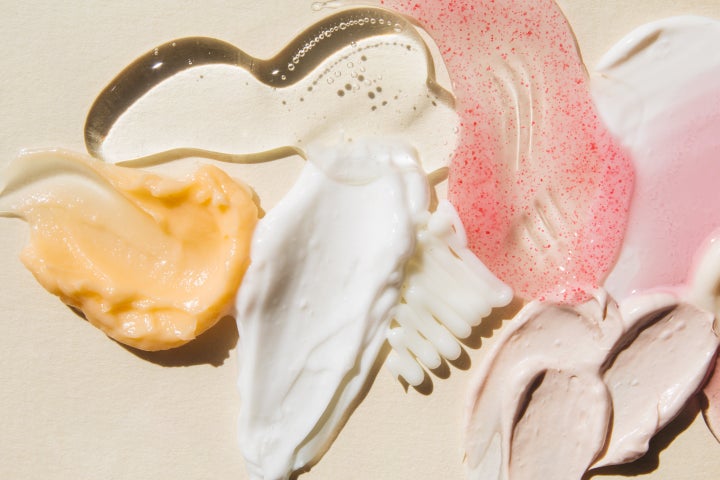
St. Ives apricot scrub was every teen’s go-to exfoliator in the 2000s — Rhonda Q. Klein included.
“That scrub was in the bathroom vanity of mine and every single one of my girlfriends in the early 2000s,” recalled Klein, who has since become a doctor.
“The board-certified dermatologist in me cringes to think of using such an aggressive physical exfoliator on my skin!”
Today, the exfoliator has a bad-boy reputation in the skin care community. (The makers of that scrub were unsuccessfully sued in 2016, with plaintiffs upset about the effects of crushed walnut powder used in the product.)
Why does it irk so many dermatologists and aestheticians?
As Klein said, “Apricot scrub, and similar ones that have launched since ― ahem, Kylie Jenner walnut scrub ― contain large, sharp particles that can create microtears in the skin, triggering inflammation, irritation and even infection and scarring.”
Using these harsh products is an especially bad idea if you have acne, rosacea or eczema, Klein said.
Applying Toothpaste On Acne
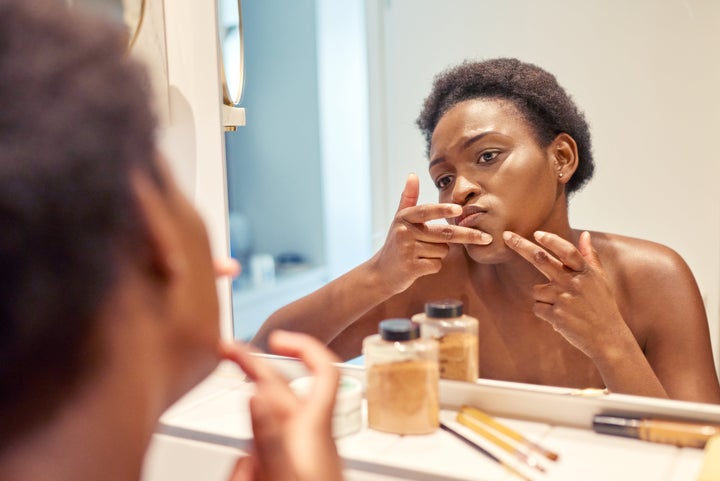
Dabbing toothpaste on a pimple was basically a rite of passage for teens in the 2000s. But it was probably doing more harm than good. The chemicals in toothpaste may be too harsh for use on blemishes, and they can cause dryness that may stimulate the oil glands in the face, said Nayamka Roberts-Smith, an aesthetician and skin care expert.
“We all thought we were drying out our pimples, but we were actually just irritating them more with minty-menthol toothpaste ingredients,” she said.
Overplucked Eyebrows
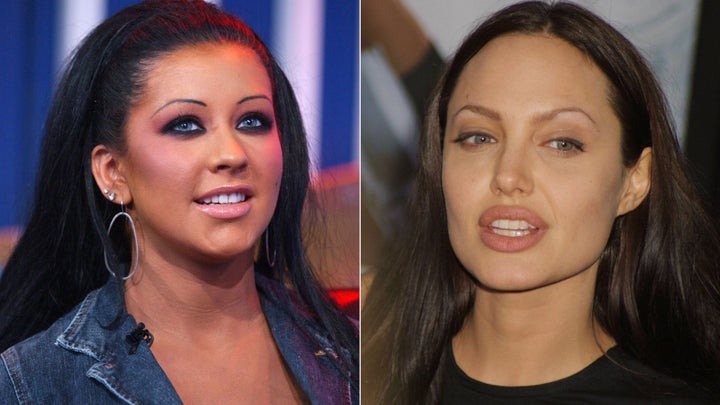
Back in the early 2000s, the skinnier and overarched the brow, the better.
“Eyebrows will naturally thin over time. And overplucking doesn’t help, because it can permanently damage hair follicles,” said Dr. Morgan Rabach, a dermatologist in New York City who “definitely” overplucked her eyebrows back in the day. (“I also had that ragged haircut that Meg Ryan had, and that took forever to grow out!”)
Gen Z seems intent on repeating our mistakes: The overplucked brow is trending with the younger set these days. Meanwhile, people who were in their teens in the ’00s are busy looking for ways to fix their overtweezed brows, Klein said.
“I treat the brow area with Botox very frequently. And while it can subtly lift the brow, no amount of Botox can reverse an overly plucked, thin, harsh angle in the browline,” she said.
Overly Fruity-Smelling Shampoos And Body Wash
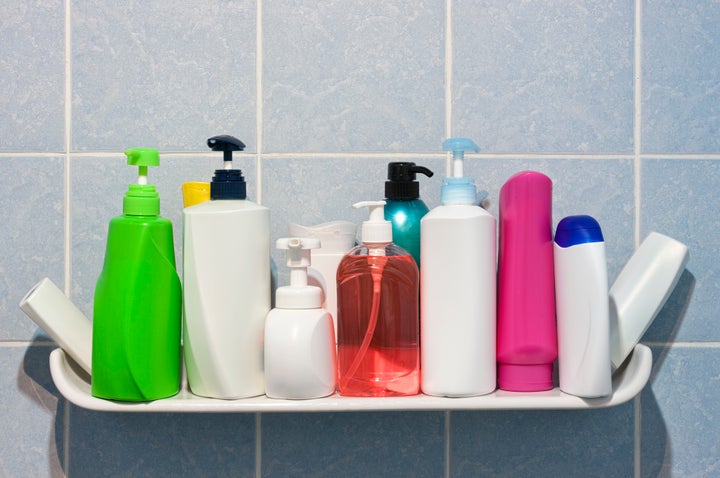
Thanks to Bath & Body Works in the mall and an array of fruit-scented shampoos at the supermarket, you probably smelled amazing in the early aughts.
Unfortunately, shampoos and lotions that use synthetic fragrances aren’t the greatest for your scalp or the rest of your skin, Nichols said.
“Something I often have to educate my patients on is that a great-smelling product like Herbal Essences isn’t necessarily a great product for your skin,” she said.
According to the dermatologist, the fragrances in these products can cause irritation, itchiness and redness, just to name a few side effects.
“I find that they are oftentimes the underlying culprit of allergic or irritant contact dermatitis, as well as other common skin conditions,” she said.
Flat-Ironing Or Crimping Hair
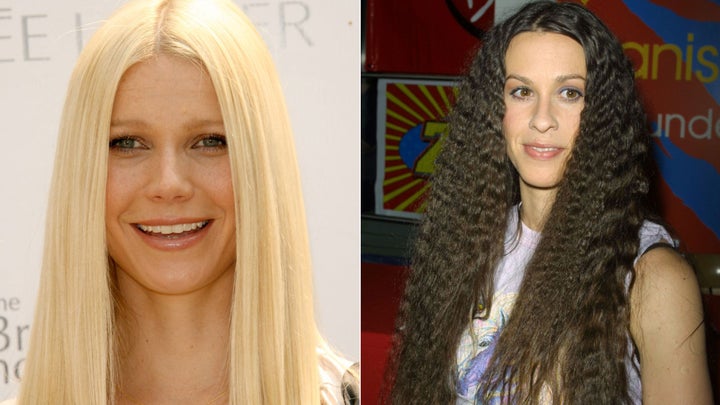
Another early aughts trends that Gen Z seems seems dead set on reviving? Flat-ironing to achieve pin-straight hair, as well as crimping.
“We know that flat-ironing at high temperatures damages the cuticle of the hair, and the pulling can cause hairs to be pulled out and roots damaged,” Rabach said, adding that the look “definitely wasn’t a great idea.”
“The heat source can also heat and damage the scalp,” making it dry and flaky, she said.
Astringents And Other Harsh Topical Treatments
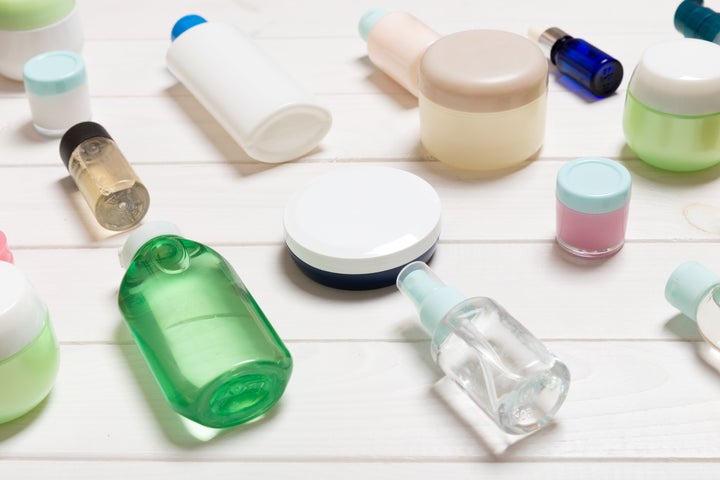
To this day, myriad products on the market claim to treat stubborn breakouts and acne. Back in the 2000s, though, consumers were less savvy about their skin care, Nichols said.
People dealing with acne at that time were much quicker to reach for the hottest drugstore fads or buy something marketed in an infomercial. Now, they often think to visit a board-certified dermatologist or an aesthetician.
“Oftentimes, these acne products were overdrying, irritating and exacerbated breakouts rather than remedying them,” Nichols said. “Many people think that drying out a breakout is best. But in reality, hydration is the key to promoting cell rejuvenation, therefore calming an acne flare-up.”
Acrylics And Press-On Nails
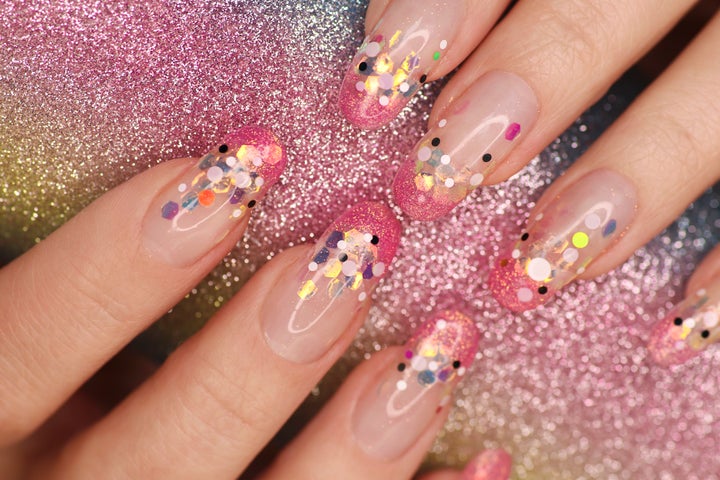
Every once in a while, acrylic and clip-on nails are fine, but regular use makes dermatologists uneasy.
“It’s important to be able to see your actual nails,” Klein said. “Discolorations can be indicative of other systemic issues going on with your health. When people wear acrylics or press-ons regularly, moisture can get trapped underneath, which is what makes these nail styles more prone to fungal infection.”
Lightening Hair (Or Blemishes) With Lemon
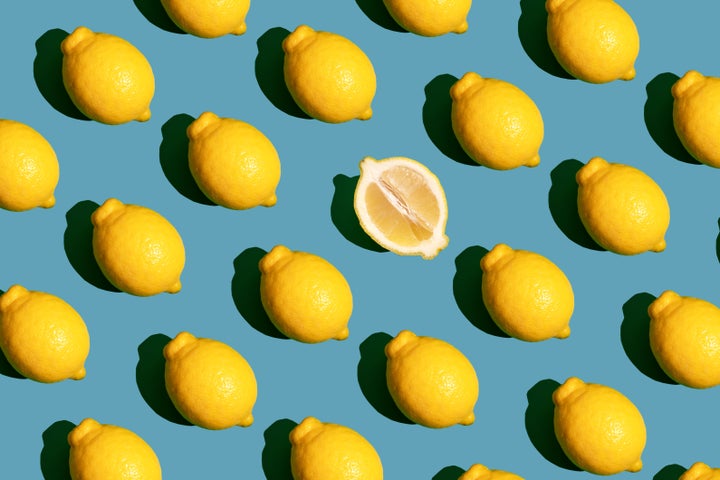
People still use lemon as a lightening agent for their hair and skin. Aesthetician and popular YouTuber Cassandra Bankson discussed why that might not be the best idea.
“Lemon is is extremely acidic and can cause or contribute to burning on the skin — specifically a condition called photodermatitis, which happens when lemon juice comes in contact with the sun,” she said.
“Over time, it can actually make pigmentation and discoloration of the skin worse.”
And if used on hair, it can drip onto the scalp and face and contribute to sunburns. It also strips hair of its natural oils.
Instead, Bankson recommended using rice water for hair — “it’s much more gentle to protect shine” — or getting hair lightened professionally.
For skin, try gentle but effective AHAs like glycolic acid for exfoliation or vitamin C (ascorbic acid) for brightening, but be sure to couple it with a sunscreen.
Body And Face Glitter
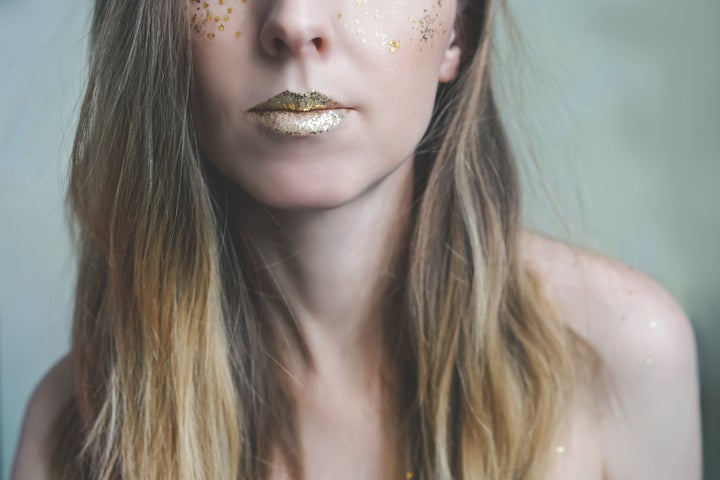
Aside from being messy ― you’ll find little pieces of it around your house for years afterward! ― body glitter isn’t the safest for your skin, Klein said.
“Skin glitter is about as far from natural as skin care gets, which means that the product likely contains lots of filler ingredients, which are known skin irritants,” she said. “Most are made with small aluminum-coated plastic pieces that can be abrasive to the skin, especially when you’re trying to scrub it off.”
Klein especially dislikes the use of glitter on the face and around the delicate eye area.
“Beyond that, the glittery flecks are considered microplastics, which can easily pass through water filtration systems and end up polluting the oceans,” she said.
Tanning Beds
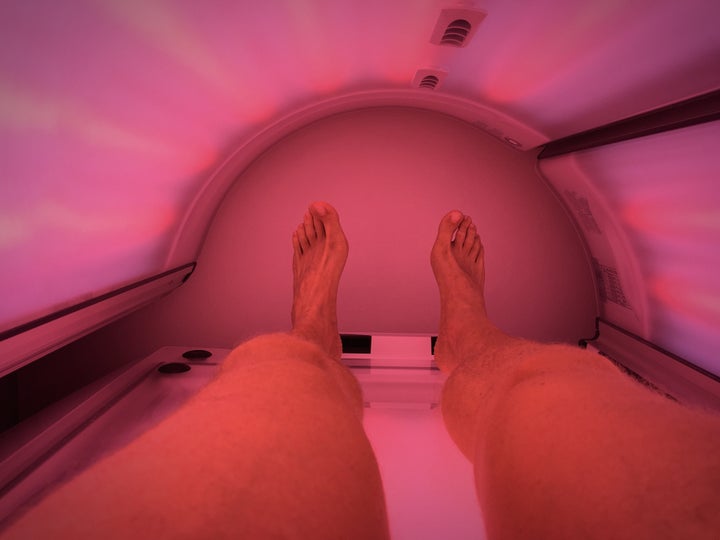
Lastly, no list like this would be complete without a special mention of the MVP in egregious early aughts skin care: the dreaded tanning bed.
“I am so thankful to see that society is finally becoming educated on the sun’s harmful UVA/UVB rays and the importance of wearing SPF every day,” Nichols said, referring to the varieties of ultraviolet radiation.
Worse yet, tanning beds were often used as supplements to maintain already unhealthy tans.
“What makes tanning beds so bad is the fact that they produce more intense levels of UV rays than the sun itself,” the dermatologist said. “Stay away from tanning beds!”